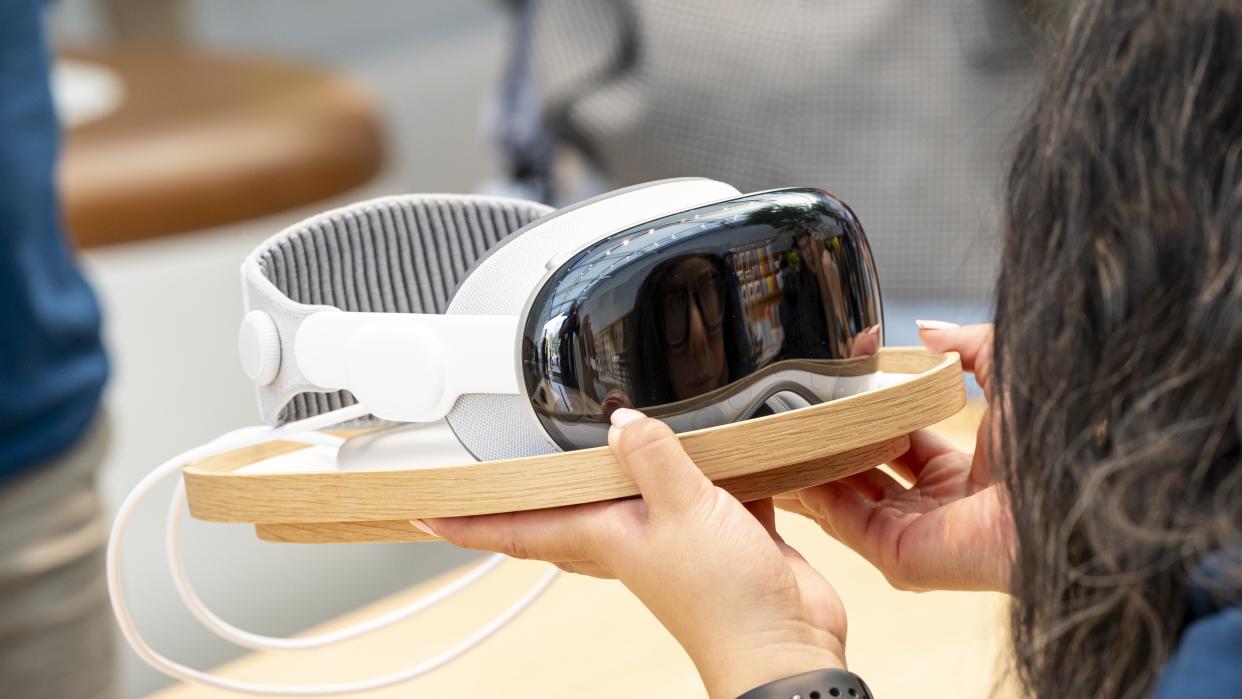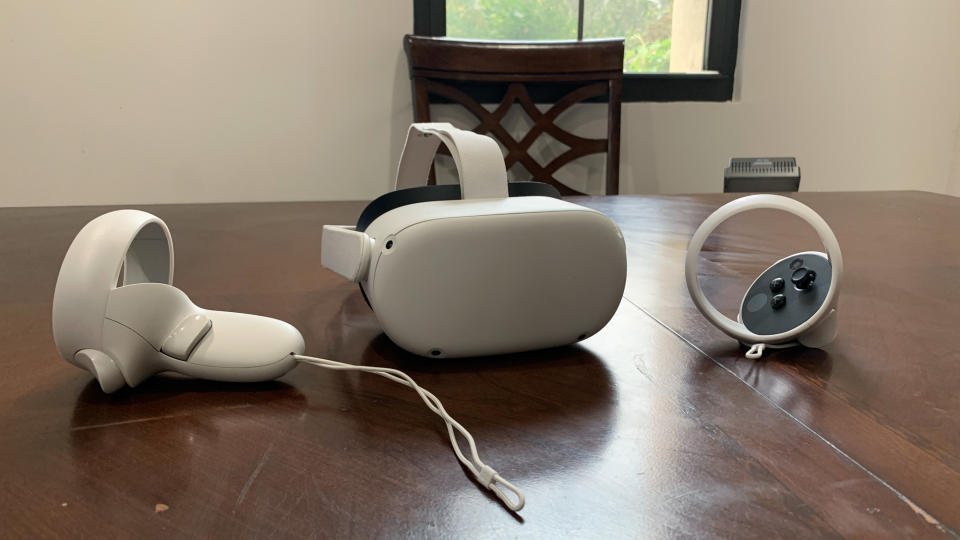Apple Vision Pro 2 may be years away — is Apple pinning its hopes on a cheaper option?

Apple's Vision Pro is a technical marvel in many ways, but it's just too expensive for the average consumer, especially when there's not nearly enough demand for the all-day virtual work experience the Vision Pro boasts.
According to Bloomberg's Mark Gurman, the latest Vision Pro roadmap from Apple doesn't have a second-gen model planned for release until 2026. In between then and now, Apple is supposedly working on launching a cheaper model, but Bloomberg was told that the company "is still flummoxed by how exactly to bring down the cost."
While it drew a lot of attention at launch, sales of the Vision Pro haven't been great lately, and with Meta announcing its new Horizon OS and sharing it with third-party headsets, the future looks murky for the Apple headset with numerous more affordable competitors expected.
Could a cheaper VR/AR headset improve Apple's sales?
Unless you're into VR games, chances are a VR/AR headset isn't on your wish list. While VR headsets have improved over the past few years, and many now have work-specific features or mixed-reality to appeal to a wider audience. While options like the Meta Quest 3 start at a more affordable $499, it's still of limited utility for non-gaming consumers. Needless to say, the $3,499 Apple Vision Pro is an even harder sell.

Meta is already creating incredibly popular, valuable VR headsets with the Quest 2 and 3. Adding a new spatial framework with Horizon OS that allows mobile apps to come to more headsets will only bolster Meta's position at the top in the VR space.
The only way Apple stands a chance at competing with Meta is by coming out with a cheaper — scratch that, much cheaper — alternative to the Vision Pro.
It would be hard to argue that the current Vision Pro is not a flop; it is. But the Vision Pro can learn from the Wii U and Nexus Q, two other notable tech flops, and turn things around with its next headset. A first-generation failure doesn't doom a product and there's no question that there are some amazing ideas and tech in the Apple Vision Pro.
Apple's biggest hurdle is convincing people that they need a mixed-reality headset at home, either for work or personal use. Once it's a household item, and people recognize the value a VR/AR headset can bring to the table, that's when a $3,500 best-of-the-best headset would make sense on the market.
That said, AR smart glasses could become the spatial-computing go-to, overtaking VR/AR headsets before Apple can even figure out how to produce a cheaper Vision Pro model.
